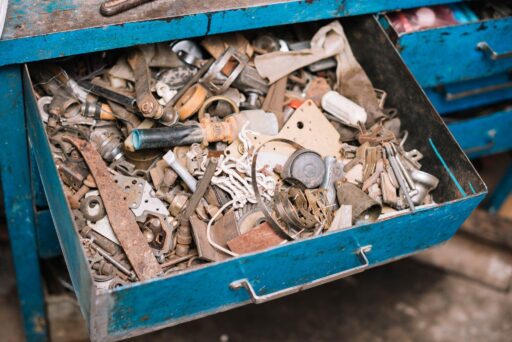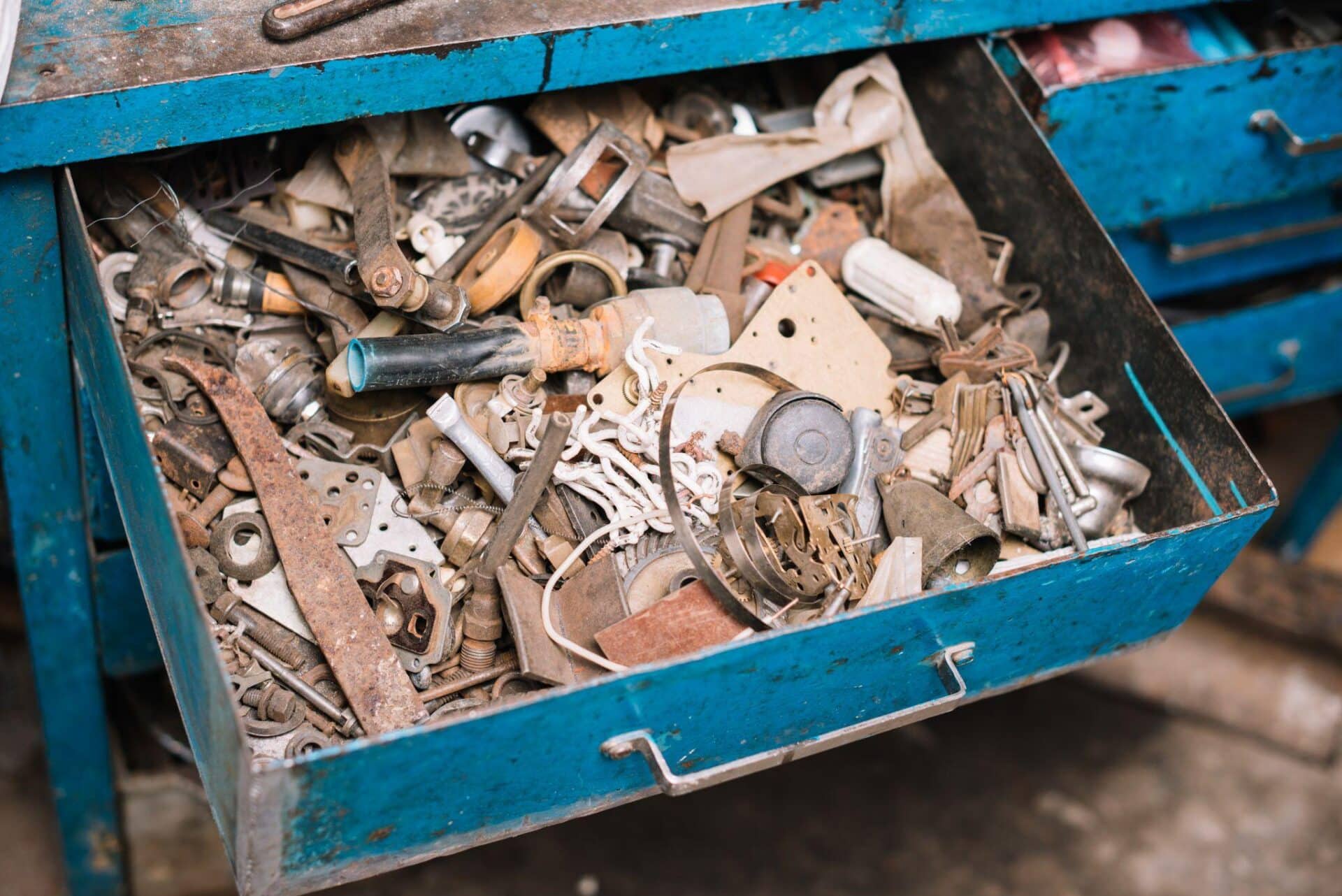Wardrobes are essential pieces of furniture, but when it comes time to replace, relocate, or dispose of them, many people quickly realise the task is more complicated than expected. A wardrobe is bulky, often heavy, and awkward to move. That leaves homeowners with an important decision: should you tackle wardrobe removal yourself, or is it better to call in professional help?
This guide explores the pros and cons of each approach, looks at what is involved in wardrobe removal, and highlights the role of professional services such as wardrobe removal London and commercial waste collection London. By the end, you will have a clear idea of which option suits your needs best.
Why Wardrobe Removal Can Be Challenging
On the surface, a wardrobe might seem simple to remove, but there are hidden difficulties:
- Size and Weight – Even a small wardrobe can be bulky, while larger solid wood models can weigh over 100 kilograms.
- Awkward Shape – Their tall and rectangular design makes them difficult to manoeuvre through narrow doorways and staircases.
- Risk of Damage – Without the right tools and methods, it is easy to scratch walls, damage flooring, or injure yourself.
- Disposal Rules – Once removed, wardrobes need to be disposed of responsibly. In many areas, leaving them on the street is not allowed.
These challenges often leave homeowners debating whether DIY is worth the effort.
DIY Wardrobe Removal
Doing the job yourself can be appealing if you are confident, have the right tools, and want to save money. But it also comes with risks.
Advantages of DIY Removal
- Cost Savings – You avoid paying professional fees.
- Flexibility – You can remove the wardrobe on your own schedule.
- Satisfaction – Some people enjoy the challenge of dismantling and moving furniture themselves.
Disadvantages of DIY Removal
- Physical Strain – Lifting and carrying wardrobes can cause back injuries or accidents if not done properly.
- Time-Consuming – Dismantling, carrying, transporting, and disposing of a wardrobe can take an entire day.
- Lack of Transport – Most cars are not big enough to carry wardrobe parts, meaning you may need to rent a van.
- Uncertain Disposal – Without access to local waste collection services in London, you may not know where or how to get rid of the furniture.
DIY Steps for Wardrobe Removal
If you decide to do it yourself, here is a simple step-by-step process:
- Empty the Wardrobe – Remove all clothes and belongings.
- Check for Dismantling Options – Many wardrobes are designed to come apart. Remove shelves, doors, and panels where possible.
- Gather Tools – Screwdrivers, hammers, and Allen keys are often needed.
- Take It Apart Safely – Work slowly to avoid splitting wood or damaging parts.
- Remove in Pieces – Smaller sections are easier to move than the wardrobe as a whole.
- Arrange Disposal – Take the parts to a recycling centre or book a bulky waste collection service.
DIY removal is possible, but it is not always the most efficient choice, especially for those living in flats or shared housing.
Professional Wardrobe Removal
Hiring experts for wardrobe removal can save time, stress, and even money in the long run. Services that specialise in wardrobe removal in London bring experience, manpower, and vehicles suited to the task.
Advantages of Professional Help
- Efficiency – A trained team can dismantle and remove wardrobes in under an hour.
- Safety – Professionals have the right lifting techniques and equipment.
- Stress-Free – You avoid the heavy lifting and time commitment.
- Proper Disposal – Professionals often work with recycling centres or local waste collection services in London, ensuring environmentally responsible disposal.
Disadvantages of Professional Help
- Cost – Hiring experts is more expensive than DIY.
- Scheduling – You may need to book in advance, which could delay the removal.
- Less Control – Some people prefer being hands-on with their own furniture.
Comparing DIY vs Professional Help
Aspect | DIY Removal | Professional Removal |
Cost | Cheaper upfront, but may require van hire | Higher upfront cost |
Time | Can take hours or a whole day | Usually under an hour |
Effort | Physically demanding | Minimal effort for you |
Risk of Injury | Higher, especially without experience | Very low |
Disposal | Must arrange yourself | Included in service |
Convenience | Low | High |
This comparison shows that while DIY might save some money, professional help offers peace of mind and efficiency.
Disposal Options for Old Wardrobes
Whether you choose DIY or professionals, disposal is an essential part of the process. Here are common options:
- Recycling Centres – Many parts of a wardrobe, such as wood and metal, can be recycled.
- Charity Donations – If the wardrobe is still in good condition, charities may accept it.
- Upcycling Projects – Some people repurpose old wardrobes into storage units, bookshelves, or garden sheds.
- Council Bulky Waste Collection – Local councils often offer a collection service, though waiting times may be long.
- Professional Disposal – Included in most wardrobe removal services in London.
For eco-conscious households, local waste collection services in London are especially useful as they ensure that items are recycled rather than sent to landfill.
When DIY Makes Sense
DIY removal is worth considering if:
- The wardrobe is lightweight and easy to dismantle.
- You have friends or family to help with lifting.
- You own or can access a suitable vehicle.
- You are confident about disposal options.
In these cases, you can save money and still achieve a successful removal.
When Professional Help Is Best
Professional services are the smarter choice if:
- The wardrobe is heavy, solid wood, or antique.
- You live in a flat or have narrow staircases.
- You want the wardrobe gone quickly.
- You value safe and eco-friendly disposal.
- You are unable to do heavy lifting due to health or mobility issues.
By using a service like wardrobe removal London, you can be confident that the job will be handled efficiently and responsibly.
Costs of Wardrobe Removal
The cost of removal varies depending on the size of the wardrobe, access to the property, and whether disposal is included.
- DIY Costs – May include van hire (£50–£100), fuel, and possible recycling fees.
- Professional Costs – Typically range between £60 and £150 for standard wardrobe removal, depending on the service.
While professional help costs more upfront, it often saves time and stress.
Tips for a Smooth Wardrobe Removal
- Measure beforehand – Check doorways and hallways to plan the route.
- Protect Your Property – Use blankets or sheets to prevent scratches on floors and walls.
- Book in Advance – If hiring professionals, schedule ahead to secure your preferred time.
- Prepare the Wardrobe – Empty it completely before removal day.
- Check Disposal Credentials – If using professionals, ensure they are licensed waste carriers.
Local Services in London
Residents in the capital have a wide range of options for wardrobe removal. Professional companies specialising in wardrobe removal London know how to handle bulky furniture in busy streets and high-rise buildings. They also work closely with local waste collection services in London, ensuring that items are recycled where possible.
This makes professional help not only convenient but also environmentally responsible. Instead of worrying about where your old wardrobe will end up, you can relax knowing it is being disposed of properly.
Final Thoughts
So, should you remove your wardrobe yourself or hire professional help?
- DIY removal is best for those with smaller, lighter wardrobes, access to tools and transport, and the willingness to put in the effort.
- Professional help is ideal for larger wardrobes, tricky access points, or anyone who values speed, safety, and responsible disposal.
Ultimately, the right choice depends on your circumstances. But for many people, hiring a service that offers wardrobe removal in London and works with local waste collection services in London provides the perfect balance of convenience, safety, and environmental responsibility.
Whether you choose DIY or professionals, careful planning will make the process smoother and less stressful.








